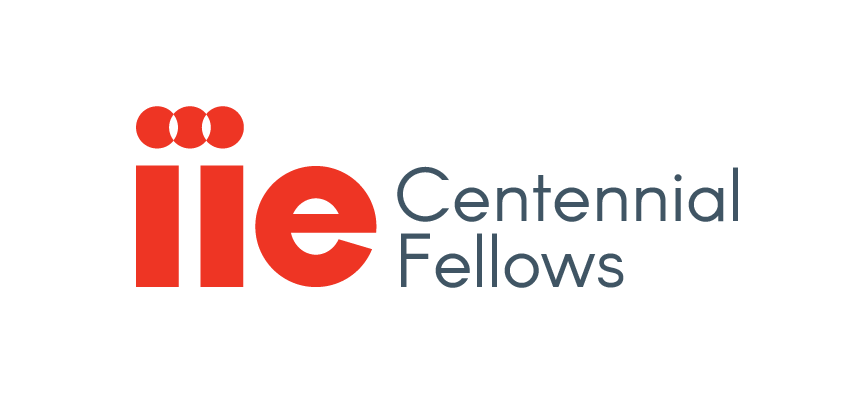
New Year: Electronic Waste Market in Dhaka, Bangladesh
By: Syed Ishtiaque Ahmed, IIE Centennial Fellow 2020
I am an Assistant Professor of Computer Science at the University of Toronto. I was born and brought up in Bangladesh. My research focuses on how people in marginalized communities in the Global South interact with computing technologies. I am particularly concerned about the negative impact of these technologies on marginalized populations. I have been studying the communities that repair and recycle broken electronic devices in Bangladesh for the last seven years. Previously, I focused on the ‘repairer’ communities who fix a broken computer or a broken mobile phone with their local art and craft. While working with the repairers, I came to know the electronic recyclers of Bangladesh who, instead of fixing a broken electronic device, dismantle that and process the broken parts for recycling. This drew my attention to the problem of electronic waste.
E-waste Is Increasing Around the World
Electronic waste (‘e-waste’, for short) is the material waste that is generated from broken and discarded electronic devices (for example: laptops, mobile phones, tablets, etc.). The amount of e-waste is increasing all around the world at an alarming rate with the burgeoning growth of computing technologies. While many rich countries are struggling with e-waste even after having a formalized waste management system, no such facilities are available in developing countries. Moreover, many broken electronics are transferred to these developing countries, where they fix and use them in their ‘second-hand’ markets until those items themselves turn into e-waste. Thus, developing countries like Bangladesh are have an enormous amount of e-waste that they cannot process in a proper way. E-waste contains toxic chemical materials which, during the local recycling process, get mixed with air, soil, and water, and thus create a threat for public health. The poor and vulnerable communities who are involved in this profession are often not aware of this risk. As more and more computing devices are coming to the country, these communities are becoming more and more vulnerable. This alarming situation motivated me to undertake a project to develop a deep understanding of the e-waste processing ecosystem in Bangladesh and develop technologies to minimize the risks for the local e-waste workers.
With my IIE Centennial Fellowship, I have started deepening my project with electronic waste. The objective of this project is to develop a deeper understanding of the work process associated with recycling e-waste in the local markets, tracking the material flows, estimating the associated environmental and health risks, and develop technologies to minimize those risks. With the support from IIE, I started this project in January 2020. Right now, I’m in Bangladesh working on my project on local electronic waste. I have already visited the four e-waste processing sites that I have been working on for the last couple of years, and I can’t wait to share my experience with you this year.
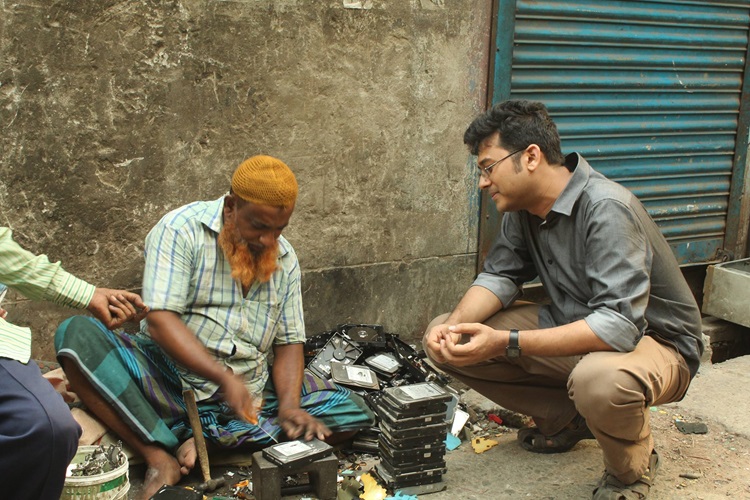
E-waste Markets in Dhaka
Nimtoli, Elephant Road, Islambag, and Zinzira are the four main e-waste markets in Dhaka. Nimtoli is located in the older part of the city (known as ‘Old Dhaka’) and is the oldest and the biggest of these four. This market is a collection of densely located old workshops on both sides of a narrow and busy street and its even narrower and busier branches. Those streets are so narrow that it is difficult for a car to pass through them, and the workshops often make them even narrower by putting their stuff on the streets. Moreover, some mobile e-waste workers often sit on those streets and work. As a result, traffic congestion is very common there. This makes it difficult for the business establishments to carry e-waste in larger lots. Despite these limitations and inconveniences, this market has remained active and even thrived in the last twenty years. This market is a home for large- and mid-sized e-waste workshops that buy obsolete or broken electronics and sell semi-functional devices to retail customers.
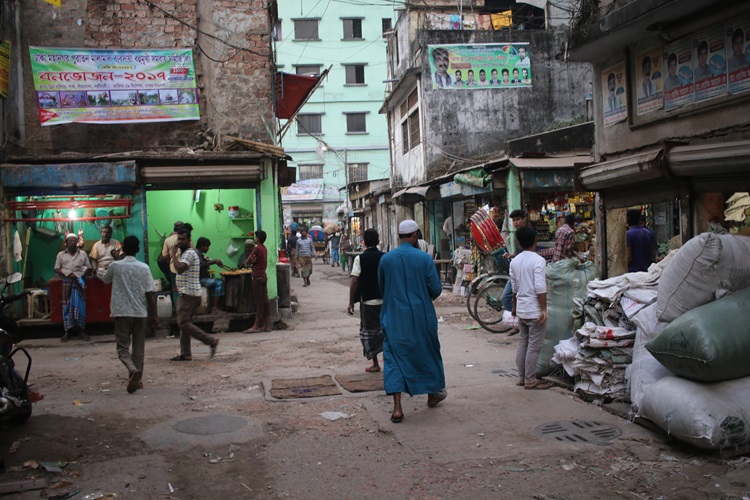
The Elephant Road e-waste market is, on the other hand, located in a comparatively more ‘sophisticated’ part of the city, surrounded by large electronic markets and two large electronic repair markets (Nahar Plaza and Eastern Plaza). As a result, a “buy-fix-recycle” ecosystem is seen there where people know each other very well. The e-waste workers in Elephant Road work closely with the local electronics and repair shops, collecting broken items from there, dismantling them, and selling the broken pieces either to repairers or to buyers of second-hand products. Unlike Elephant Road, the Islambag e-waste market houses the factories that buy plastics in large lots from e-waste markets. Those factories process plastic materials. Finally, Zinzira is well known for its metal processing businesses and is full of small enterprises that buy metals of different kinds, melt them, and use them for making utensils, wires, and machinery. In addition to the e-waste markets and material processing factories, I also studied several “out of market” e-waste shops. These are stand-alone workshops located near the e-waste markets but keep a close connection to the workers in the market.
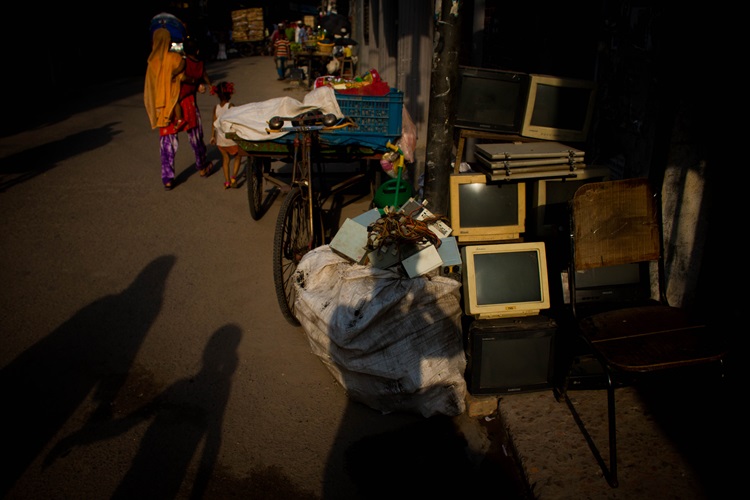
Inside a Bhangari Workshop
Informal e-waste recycling in Bangladesh are done by a community who are commonly called Bhangaris (a Bengali word meaning ‘one who breaks’). Some bhangaris start in the bhangari business in a local neighborhood. Some of them take this profession temporarily or seasonally; others make it their permanent profession, eventually promoting themselves to having a permanent workshop. Once they have a permanent workshop, they only buy broken electronics from poorer bhangaris. I have seen workshops that are vaguely defining their territories in the neighborhood by employing hawkers, oftentimes on a weekly and monthly basis. These workshops also employ bhangaris for breaking the electronics and selling them.
A typical bhangari workshop is a small 5 feet by 10 feet room, full of broken electronics. Bhangaris have their own way of organizing items in their workshop. Piles of large functional electronics are pushed to the back of the workshop. The piles of electronics that bhangaris will be working on soon are put in the front. Bhangaris sit on chairs or a wood piece placed on the floor. Around them within a reachable distance are the testing and breaking tools: power sources, tool sacks, hammer, accumulating sack, weight machines, etc. They intentionally break the cement floor in front of their sitting places so that they can get extra control over the electronics when they place them on the broken floor. If the workshop-front is not a busy street, bhangaris put some e-waste on the street and work temporarily sitting there. Some bhangaris do not have a shop at all and work on the streets.
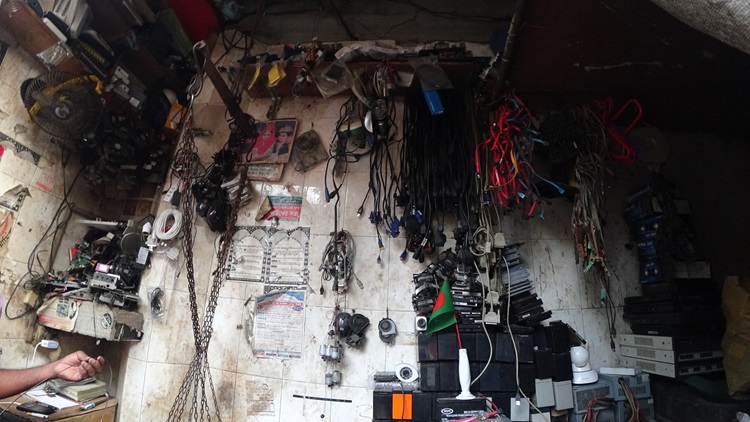
I did not find any bhangari who passed elementary school (although, there were very few cases of educated temporary bhangari who were helping their close relatives in the market). Some people inherit the bhangari business from their parents as a family business. I also found several clusters where bhangaris came from the same district, often through familial recommendations.
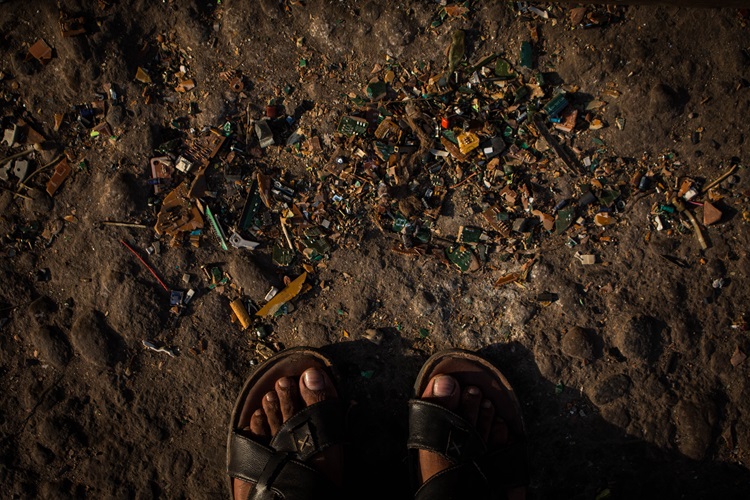
I have already started documenting the steps of dismantling and processing electronic waste. In the next step of my study, I will go deeper into these processes to understand the knowledge, art, and craft involved in this process. This will allow me to point out the areas where the process needs improvement. In the next round of my fieldwork from March to April, I will focus on designing technologies to help the recycling process. This will involve participatory designing with the recyclers. I will particularly focus on introducing software and hardware that will help them in two ways: (a) making them aware of the health risks, and (b) finding them ways to safely work with the e-waste. From May to July, I will design and develop the prototype of the hardware and software. This will allow me to better understand the feasibility of the technologies and their potential impact on this community. From August to October, I will deploy the technology with the community and track their usage. This phase will also involve the recruitment of participants from various groups within the bhangari community. I will analyze the data and prepare my report in November and December.